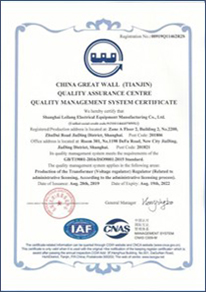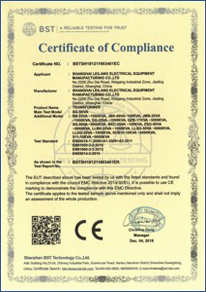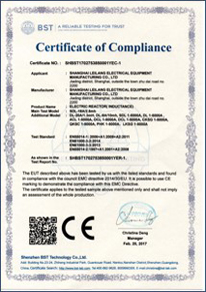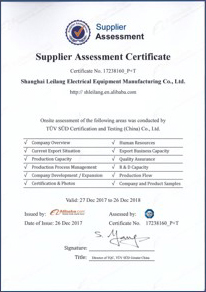Single Phase Isolation Transformer
- Dry type
- 500 VA-30 kVA
- 0V-690V
Wholesale price safety isolating transformers, manufactured in China, with capacities ranging from 5 kVA to 1000 kVA, can be used as step-up or step-down transformers, converting voltages from single-phase to single-phase and three-phase to three-phase. Whether you are looking forward to buying isolation transformer equipment from a reliable Chinese manufacturer, electrical isolation transformers, or any type of custom isolation transformer, let us know your requirements, and we will create a new design to meet your form and function specifications.
Cold rolled oriented silicon steel sheet with good heat dissipation, low loss core and good magnetization characteristics.
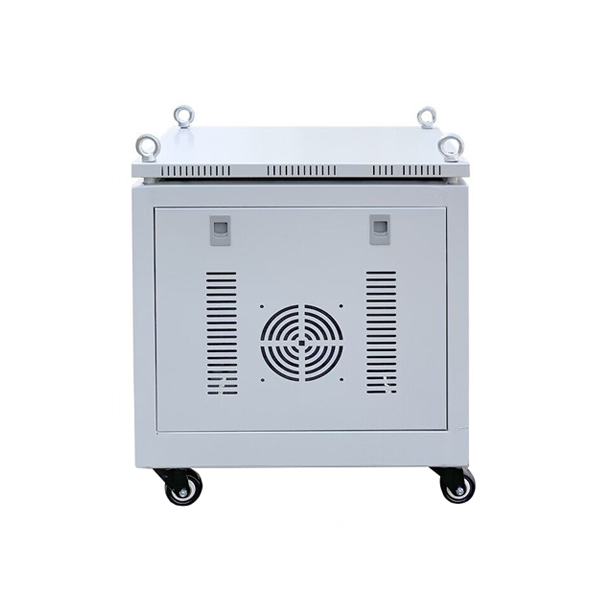
The back of the transformer installed cooling fan, can be strong and effective heat dissipation, reduce the temperature of the machine.

The Isolation transformer with
180°C high temperature enameled wire, is not easy to
oxidation, and has stable performance.

The excellent insulating paper enables the isolation transformer to withstand a 3000V withstand voltage test, enhancing safety.
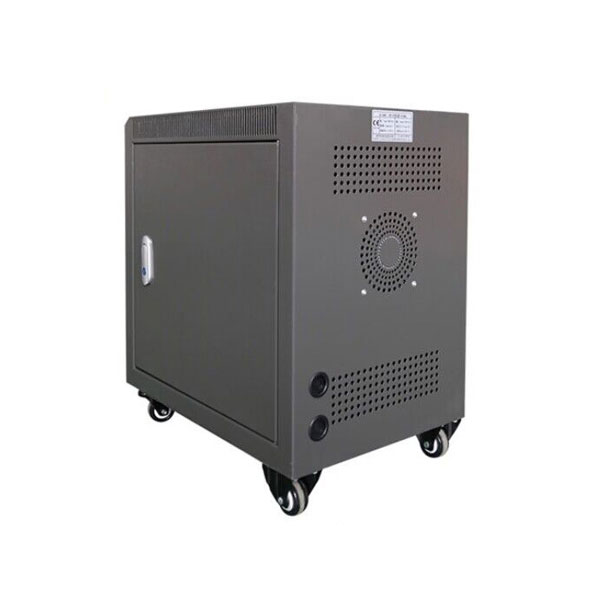
Manufactured with removable wheels, the power isolation transformer can rotate 360 degrees, making it more energy-saving when pushed.
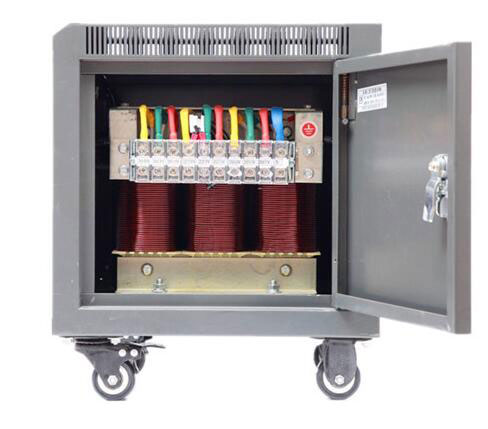
 1. Determine
the transformer specifications: Customize an isolation transformer that meets the power
requirements of the equipment you are trying to protect. Consider voltage, current rating and supply frequency, ensure that the transformer is manufactured in compliance with industry standards.
1. Determine
the transformer specifications: Customize an isolation transformer that meets the power
requirements of the equipment you are trying to protect. Consider voltage, current rating and supply frequency, ensure that the transformer is manufactured in compliance with industry standards. 2. Verify
the transformer's condition: Please check the 1/3 phase isolation
transformer for any signs of physical damage or wear. Since the transformer is shipped directly from the factory in China, please check whether the isolation transformer is intact after receiving the goods.
2. Verify
the transformer's condition: Please check the 1/3 phase isolation
transformer for any signs of physical damage or wear. Since the transformer is shipped directly from the factory in China, please check whether the isolation transformer is intact after receiving the goods. 3. Disconnect the
power supply: Safety is paramount; before connecting or disconnecting the isolation transformer, ensure that the power to the connected equipment is switched off and unplugged from the main socket to prevent any electrical hazards.
3. Disconnect the
power supply: Safety is paramount; before connecting or disconnecting the isolation transformer, ensure that the power to the connected equipment is switched off and unplugged from the main socket to prevent any electrical hazards. 4. Connect the
primary side: The primary side
of the isolation transformer is connected to the power source. Connect the input
terminals of the transformer to the power supply lines. Ensure that the
connections are secure and properly tightened.
4. Connect the
primary side: The primary side
of the isolation transformer is connected to the power source. Connect the input
terminals of the transformer to the power supply lines. Ensure that the
connections are secure and properly tightened. 5. Connect the
secondary side: The secondary
side of the transformer is connected to the equipment you want to protect.
Connect the output terminals of the transformer to the input terminals of the
equipment. Ensure that the connections are secure.
5. Connect the
secondary side: The secondary
side of the transformer is connected to the equipment you want to protect.
Connect the output terminals of the transformer to the input terminals of the
equipment. Ensure that the connections are secure. 6. Power on the transformer: After all connections have been made, turn on the
isolation transformer with care to ensure that the input voltage exactly matches
the rated voltage of the transformer.
6. Power on the transformer: After all connections have been made, turn on the
isolation transformer with care to ensure that the input voltage exactly matches
the rated voltage of the transformer. 7. Power on the
equipment: Once the isolation
transformer has been energised, you can turn on the device connected to its
output terminal and then verify if the device is functioning properly. Do
not forget to verify that the device is operating correctly.
7. Power on the
equipment: Once the isolation
transformer has been energised, you can turn on the device connected to its
output terminal and then verify if the device is functioning properly. Do
not forget to verify that the device is operating correctly. 8. Monitor and
troubleshoot: During
operation, monitor the equipment for any unusual behavior, such as fluctuations
in voltage or irregularities. If you notice any issues, disconnect the equipment
from the isolation transformer and troubleshoot the problem.
8. Monitor and
troubleshoot: During
operation, monitor the equipment for any unusual behavior, such as fluctuations
in voltage or irregularities. If you notice any issues, disconnect the equipment
from the isolation transformer and troubleshoot the problem. 9. Power off and
disconnect: Switch off the
device and then the power supply to the transformer. Afterwards, disconnect the
appliance from the transformer and finally disconnect the primary side of the
transformer from the power supply.
9. Power off and
disconnect: Switch off the
device and then the power supply to the transformer. Afterwards, disconnect the
appliance from the transformer and finally disconnect the primary side of the
transformer from the power supply.